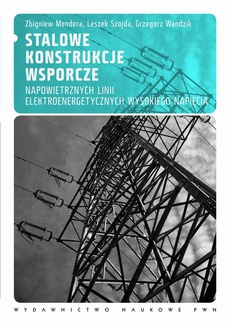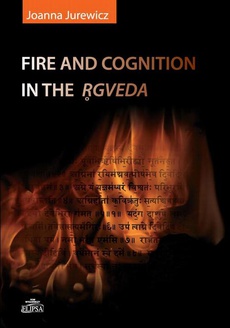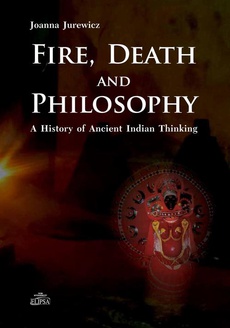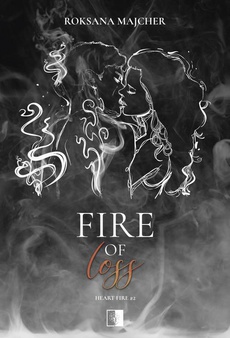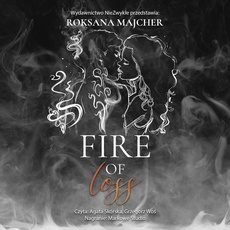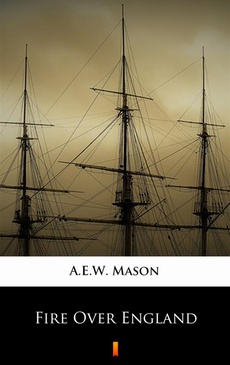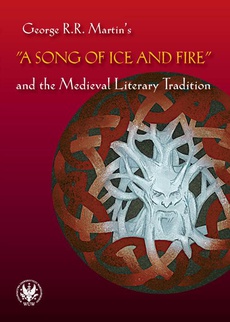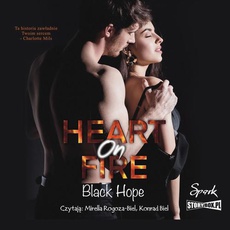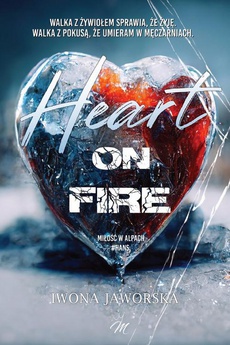POLECAMY
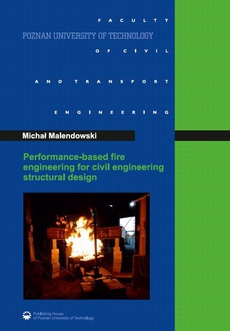
-20%
Performance-based fire engineering for civil engineeering structural desigin
Autor:
Wydawca:
Format:
The author expresses his thanks to dr hab. inż. Adam Glema, prof. of Poznan University of Technology, for his supervision, advice and huge support. Many thanks are also directed to dr inż. Janusz Dębiński, for his general advice and comments that he shared with me during this research. From October 2011 to September 2015, financial support was provided from Ruukki Construction OY within scientific grant 11-962/2011-14. From October 2016 to September 2017, the research was financially supported by the National Science Centre of Poland under the Etiuda-4 project. The experimental work was sponsored entirely by the Building Research Institute of Poland, with the support of dr inż. Paweł Sulik and dr inż. Wojciech Węgrzyński. This support is gratefully acknowledged.
| Rok wydania | 2020 |
|---|---|
| Liczba stron | 302 |
| Kategoria | Budownictwo |
| Wydawca | Wydawnictwo Politechniki Poznańskiej |
| ISBN-13 | 978-83-7775-603-4 |
| Numer wydania | 1 |
| Język publikacji | angielski |
| Informacja o sprzedawcy | ePWN sp. z o.o. |
Ciekawe propozycje
Fire and cognition in the Rgveda
do koszyka
Fire Death and Philosophy
do koszyka
Fire of Loss
do koszyka
Fire of Loss
do koszyka
Fire Over England
do koszyka
Heart on fire
do koszyka
Heart on fire
do koszyka
Heart on Fire
do koszyka
Spis treści
| CONTENTS | |
| List of Figures iv | |
| List of Tables x | |
| Notation xi | |
| Acknowledgment xvi | |
| 1. Introduction 1 | |
| 1.1. State-of-the-art | 1 |
| 1.1.1. Performance-based fire engineering | 1 |
| 1.1.2. Advancements in the solving of structural fire engineering problems | 9 |
| 1.2. Research objectives and the concept of the thesis | 11 |
| 2. Theoretical background 17 | |
| 2.1. Fluid dynamics in fire engineering | 17 |
| 2.1.1. Fundamental laws of fluid dynamics and heat transfer | 18 |
| 2.1.2. Turbulence modelling | 25 |
| 2.1.3. Combustion | 29 |
| 2.1.4. Soot production | 31 |
| 2.1.5. Radiation | 32 |
| 2.2. Nonlinear solid mechanics in performance-based structural fire design | 37 |
| 2.2.1. Formulation of a linear elastic problem | 37 |
| 2.2.2. Finite Element Method in linear elastic problems | 39 |
| 2.2.3. Large strain-displacement formulation | 41 |
| 2.2.4. Material nonlinearity in structural fire engineering problems | 45 |
| 2.2.5. Stiffness of a structural element in fire | 54 |
| 2.2.6. Solution of a nonlinear problem | 56 |
| 2.3. Physical bases for heat exchange between the fire environment and the structure | 65 |
| 2.3.1. Convective heat flux | 66 |
| 2.3.2. Radiative heat flux | 68 |
| 2.3.3. Adiabatic surface temperature | 69 |
| 2.3.4. Heat conduction | 79 |
| 3. Coupling between the fire and the mechanical models 81 | |
| 3.1. Concept of CFD-FEM coupling | 81 |
| 3.2. Incompatibility between CFD and FEM models for steel framed structures | 81 |
| 3.3. Development of a heat transfer model | 84 |
| 3.3.1. Virtual surfaces | 84 |
| 3.3.2. Shadow effect | 86 |
| 3.3.3. Heat transfer model formulation | 87 |
| 3.4. Implementation | 96 |
| 3.4.1. Approximate calculation of view factors | 98 |
| 3.4.2. Verification of the view factors calculation method | 102 |
| 3.4.3. Finite difference method approximation of a conduction problem | 108 |
| 3.5. Verification and Validation | 112 |
| 3.5.1. Furnace tests with uniform thermal exposure of a cross-section | 113 |
| 3.5.2. Furnace tests with nonuniform thermal exposure of a cross-section | 116 |
| 3.5.3. Compartment fire tests | 123 |
| 3.5.4. Localised fire tests | 127 |
| 3.5.5. Summary | 140 |
| 3.6. CFD-FEM coupling procedure | 141 |
| 3.6.1. Setting CFD output | 142 |
| 3.6.2. Heat transfer calculations | 142 |
| 4. Mechanically based method for determining fire scenarios 145 | |
| 4.1. Complexity and robustness of frame structures | 145 |
| 4.2. The idea of the method | 147 |
| 4.3. Theoretical bases | 150 |
| 4.4. Complexity measures | 151 |
| 4.5. Method implementation | 153 |
| 4.6. Verification | 155 |
| 5. Exemplary analysis of a structure subjected to fire | 171 |
| 5.1. General description of the structure | 171 |
| 5.2. Actions | 171 |
| 5.2.1. Fire actions | 172 |
| 5.2.2. Permanent loads | 175 |
| 5.2.3. Imposed loads | 176 |
| 5.2.4. Snow load | 177 |
| 5.2.5. Wind load | 177 |
| 5.2.6. Combinations of actions | 178 |
| 5.3. Preliminary analyses | 183 |
| 5.3.1. Design according to Eurocode simple calculation model | 183 |
| 5.3.2. Response to uniform ISO 834 fire exposure | 184 |
| 5.4. Numerical models | 187 |
| 5.4.1. CFD fire model | 187 |
| 5.4.2. FEM mechanical model | 191 |
| 5.5. Fire scenario determination | 193 |
| 5.6. CFD-FEM coupling | 197 |
| 5.7. Results | 199 |
| 5.7.1. Temperature distribution in a fire compartment | 200 |
| 5.7.2. Fire-structure heat transfer results | 203 |
| 5.7.3. Effect of combinations of actions on the mechanical response of the structure in fire | 215 |
| 5.7.4. Local response of the structure in fire | 216 |
| 5.7.5. Global response of the structure in fire | 242 |
| 5.7.6. Summary | 256 |
| 6. Concluding remarks | 259 |
| References | 265 |
| Appendices | 278 |
| Summary | 279 |






